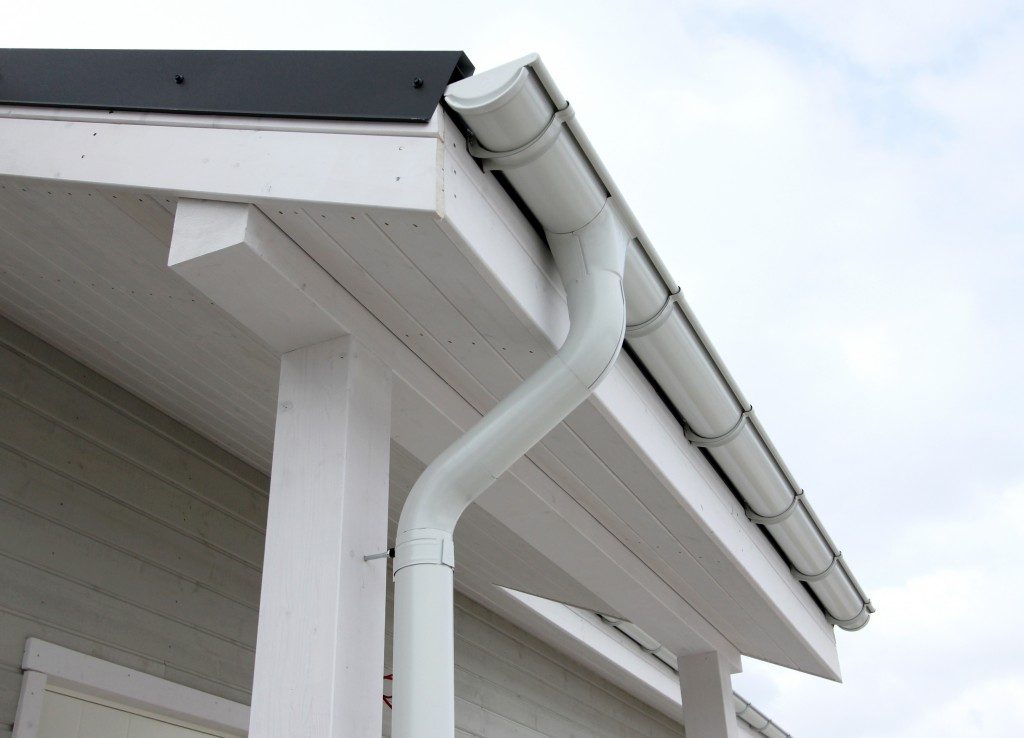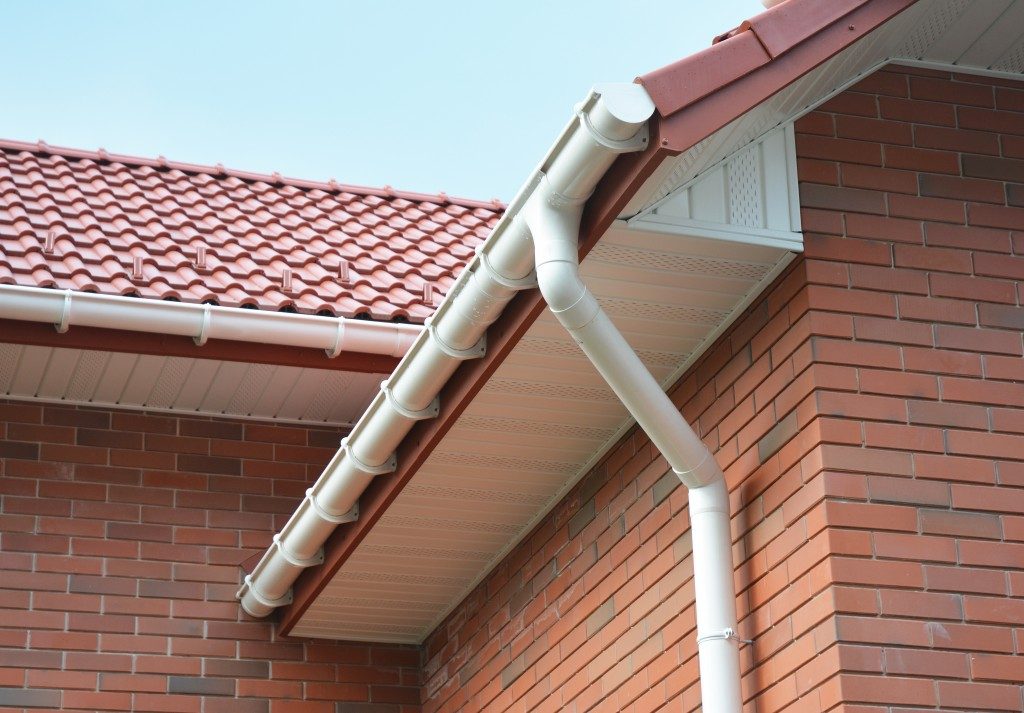Gutters serve to divert rainwater away from the home to mitigate water damage and leakage through rain. The right selection of materials and gutter shape can create a system that looks good and lasts long.
Although Utah is largely known for its scrublands and deserts, Salt Lake City itself is known to vary widely in its climates. The greater Salt Lake City area experiences two wet periods in the transition between its warm, dry summer and its cold, snowy winter. The presence of the nearby Great Salt Lake also contributes greatly to local humidity and rain and snow patterns.
Torrential rains, thus, are to be expected as an occasional hazard in Salt Lake City and its environs, and domestic architecture must have provisions of its effects. Rain gutters are a key component of many homes, serving to help homes weather through the hazards of rain. The installation of rain gutters can be done either by weekend warriors or by professionals. As a general rule, installing gutters for two-story homes is best left to the experts.
Gutter Function
A rain gutter’s main purpose is to divert water away from the roof of a home. This significantly reduces the effects of water erosion, which can help maintain the integrity of a home’s foundations by keeping the ground beneath it intact. In addition, rain gutters can also prevent the erosion of mortar from masonry buildings and keep the home’s interiors dry from diverting water away from the walls, doors, and windows.
In the past, the need to divert rainwater led to the familiar decorative elements known as gargoyles in Medieval castles and cathedrals that combined the fearsome yet beautiful aesthetic with a functional purpose. Today, modern homes can mimic this principle in practice by creating a utilitarian yet aesthetically unobtrusive or beautiful system of rain gutters and downspouts around the roofs and walls of the home.
Gutter Selection
Designing the gutter system begins with selecting the shape and material of the rain gutter. Gutter shape selection is usually based on price, capacity, and appearance. Squared (or K-style) gutters, although more expensive, have a higher overall capacity. They are also usually shaped enough like crown molding to be decorative, though they can be pricey.
Homeowners with older homes, meanwhile, might prefer getting rounded gutters. Half-round gutters are a historic feature common in older homes. Besides maintaining a vintage aesthetic, they are also typically cheaper than their K-style counterparts. Because they are cheaper, they are a popular choice for many homeowners, though they often do not look as good and have a lower carrying capacity for water.
Materials matter. The strongest materials include stainless steel and aluminum, which while waterproof are also resilient against the changes and ravages of seasonal weather. The much cheaper PVC gutters do not look always look as good but are easy to install and are water-tight enough for the purpose. Wooden gutters, meanwhile, are not as resilient and are often only used in restoration for antiquated homes.
Gutter System Design

Gutters can be made piece-by-piece or in a single, contiguous seam. A gutter system assembled from multiple pieces is cheaper to install but creates several joints that must be periodically resealed as part of long-term maintenance. Gutters without seams have to be made on site and cost more but do not leak as readily.
To reduce the amount of debris that inevitably accumulates in a gutter system, a leaf guard can be placed on top of it. Ensuring that tree branches are further apart is also crucial to keeping the gutters low-maintenance.
Most homes use downspouts in an inconspicuous corner of the home. Alternatives to downspouts include rain chains, which create a soothing and aesthetically pleasing means of channeling water downwards. Additional modifications such as rain barrels can also help homeowners take advantage of rainwater for domestic water uses such as watering gardens or flushing toilets.

